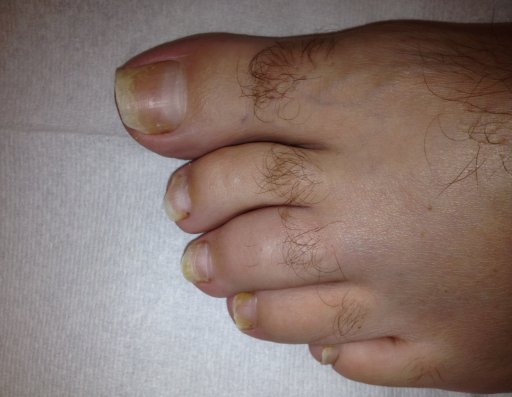Joint Pains and Undiagnosed Arthritis in Psoriasis Patients
Why is Joint Pain so Common in Psoriasis?
About 5% of cases of Psoriasis develop bad Psoriatic Arthritis with chronic joint swelling and deformity.
However, when patients with psoriasis who have never seen a doctor about their joints are asked about joint pain, this is reported in anywhere between 25% and 40%.
Conversely, if such patients complain of joint pain the correct diagnosis may not be reached.
Also, some patients have joint swelling and little pain and may not seek medical attention at all.
This page explains why these problems are linked to enthesitis, enthesis organ disease and synovio-entheseal complex disease.
Joint Pain in Psoriasis
Recent studies have shown a high prevelance of joint pain in psoriasis subjects.
This was previously reported but has come into sharper focus because scanning techniques such as ultrasound permit doctors to see changes within the entheses.
It is important to point out that there are several other causes of joint pain in subjects with psoriasis and specialist evaluation is advised.
Other common causes of pain in psoriasis cases include:
- Osteoarthritis
- Mechanically related pains due to joint malalignment
- Recent Joint Injury
- Obesity may aggravate joint pain from the above listed conditions
- Fibromyalgia
- Other category of inflammatory arthritis.
This high burden of underlying musculoskeletal disease is leading dermatologists to reappraise treatments that focus only on skin disease.
Screening Questionnaires to Pick up Possible Psoriatic Arthritis
These can be used by Dermatologists to help identify possible Psoriatic Arthritis:
- The Early Psoriatic Arthritis Screening (EARP) Questionnaire [1]
- Psoriatic Arthritis Screening and Evaluation tool (PASE) [2]
- Toronto Psoriatic Arthritis Screening (ToPAS) questionnaire [3]
- Psoriasis Epidemiology Screening Tool (PEST) [5]
Given that there are several causes of pain in Psoriasis patients, it is unlikely that a specific questionnaire can be reliably used by Dermatologists to make an early diagnosis of Psoriatic Arthritis.
Conversely, in a patient who reports no joint pain, they could still have joint swelling, so all psoriasis cases should have their joints examined, irrespective of questionnaire results.
Collectively these questionnaires do allow for the improved recognition of early or mild psoriatic arthritis.
Undiagnosed Arthritis in Psoriasis
Patients with psoriasis may report bouts of painless joint swelling. If still present at the time of medical examination this may be non-tender.
They may have joint swelling identified for the first time by a doctor when they are being evaluated for something else.
This scenario most typically occurs in the feet where the toes may exhibit painless sausage like swelling called dactylitis.
Illustrative Case Study
A patient is sent to see the Rheumatologists by a Dermatologist because of severe nail psoriasis.
The question was whether the severe nail involvement might have been linked to Psoriatic Arthritis.
The patient had no pain around the nails or anywhere else.
The patient was not responding to methotrexate. The patient was not eligible for anti-TNF therapy due to lack of skin involvement.
The Dermatologist wondered whether the multiple diseased nails were actually due to Psoriatic Arthritis in addition to nail Psoriasis of the distal interphalangeal joints of the hands.
The patient had no evidence of arthritis on clinical examination in the joints adjacent to the psoriatic finger nails
However, the patient had a very swollen sausage toe that was completely non-symptomatic.
He was comfortably running two miles per day despite the obvious swelling.
By definition this patient had Psoriatic Arthritis.
 |
| Patient with nail disease of fingers and toes who has no pains whatsoever. On examination by a consultant Rheumatologist, he was noted to have a sausage swelling termed dactylitis of the third (middle) toe. It was non-tender. |
Summary for Psoriasis patients
Musculoskeletal pains or swelling appear to be extremely common in psoriasis patients.
The use of a screening questionnaire and a cursory joint exam should greatly facilitate Dermatologists to recognise disease.
References

